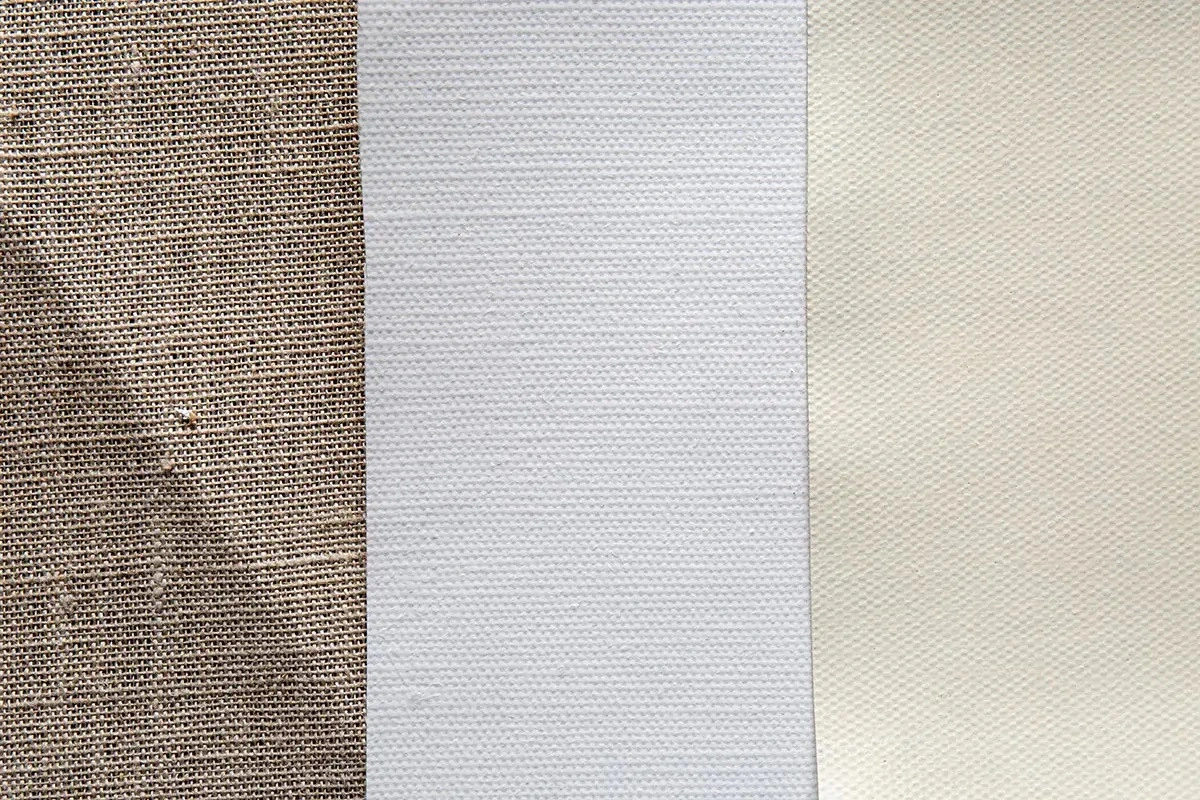
When you’re embarking on a fine art painting project, one of the most crucial steps—often overlooked by beginners—is priming your canvas or wooden board. While it might seem like an extra, unnecessary task, priming plays an essential role in ensuring that your artwork lasts, looks professional, and allows you to fully explore your artistic expression. In this post, we’ll dive into why priming your canvas and/or your wooden boards can drastically change your work.
What is Priming?
Priming is the process of applying a prep coat to a surface—whether it’s a canvas, wooden board or any surface before you start painting. This layer creates a foundation that enhances the paint’s adherence and durability while protecting the surface from damage. Without priming, your paint may not adhere as effectively, and the surface could become too absorbent, causing your colours to appear dull and uneven.
Why Prime Your Canvas?
Improved Paint Adherence
One of the primary reasons to prime your canvas is to improve paint adhesion. Canvas is typically made of cotton or linen, both of which are porous materials. Without priming, your paint will soak into the fabric, making it more difficult to manipulate and potentially resulting in uneven or streaky applications. Priming helps seal the canvas, providing a smooth, even surface that allows your paint to sit on top of the fibers rather than absorb into them.
Increased Durability of Your Artwork
Priming creates a protective barrier between the canvas and the paint, preventing the oils, acrylics, or other mediums from breaking down the fibers of the canvas over time. This helps ensure that your painting remains in excellent condition for years to come, reducing the risk of cracking, yellowing, or deterioration. For oil painters in particular, priming (especially with an oil-based primer) prevents the oils from seeping into the fabric, which can cause the canvas to rot over time.
Better Paint Control and Texture
Primed canvas offers a more controlled surface for painting. The priming medium smooths out the fabric, which can enhance the texture of your brushwork and allow for more detailed applications. Whether you’re working with thick, impasto techniques or delicate washes, a properly primed canvas provides a level of consistency that lets you focus on your creative process instead of wrestling with a problematic surface.
Prevents Color Absorption
Unprimed canvas is highly absorbent, which can drastically affect how your paint behaves on the surface. If you paint directly onto an unprimed canvas, the material will soak up a lot of the pigment, leaving your colours muted and less vibrant. A well-primed surface keeps the paint sitting on top, allowing the true vibrancy of your colours to shine through.

Why Prime a Wooden Board?
Smooth and Even Surface
While wood itself can be a fantastic painting surface, it can also present challenges, especially if it has uneven texture or grain. Priming a wooden board ensures that the surface is smooth and even, giving you better control over your paint application. It also helps prevent the grain from showing through, which can sometimes disrupt the overall appearance of your painting, especially if you’re aiming for smooth, fluid strokes.
Protection Against Moisture and Decay
Wood is sensitive to moisture, which can cause it to expand, contract, or warp over time. Priming a wooden board adds a protective layer that keeps moisture away, helping to preserve the integrity of your painting surface. It also acts as a barrier between the wood and the paint, preventing the paint from interacting with the wood in a way that could lead to discoloration, deterioration, or cracking. For oil paints, this is especially important as the oils can seep into unprimed wood and cause long-term damage.
Better Paint Adherence and Durability
Just like with canvas, priming wood improves paint adhesion. Without a primer, paint can be absorbed unevenly, leading to patchy areas and potential lifting over time. By priming the surface first, you ensure that the paint stays on top and adheres properly, reducing the risk of peeling, cracking, or fading.
Enhanced Texture Control
Wooden boards, while smooth, often have an inherent texture due to the grain of the wood. This can impact the look and feel of your painting, especially if you want a very smooth, controlled surface. Priming the board seals the grain, allowing you to manipulate the paint more effectively and giving you more control over the final texture of your artwork.
Different Types of Primers for Canvas and Wood
When it comes to priming your canvas or wooden board, there are various types of primers to choose from, each designed for specific painting mediums.
- Acrylic Gesso: This is the most common primer for both canvas and wooden boards, especially for acrylic and oil painting. Acrylic gesso is easy to work with, fast-drying, and provides an excellent foundation for paint adhesion.
- Oil-Based Primers: For oil painting, oil-based primers, such as an oil-based gesso or rabbit skin glue, are often preferred. These primers create a stronger, more durable foundation that prevents oils from deteriorating the surface.
- Watercolour Ground: If you plan to use watercolour on canvas or board, a specialized watercolour ground is available. This primer is specifically designed to make the surface receptive to watercolour paints.

Priming your canvas or wooden board is an essential step for creating long-lasting, high-quality artwork. It ensures better paint adhesion, protects the surface, and gives your paintings the vibrancy and texture that make them stand out. Whether you’re working on canvas or a wooden board, taking the time to properly prime your surface is a small investment that will pay off in the final result.
So, next time you’re preparing your painting surface, don’t skip the primer. It’s the foundation for a successful painting, ensuring that your masterpiece stands the test of time!
